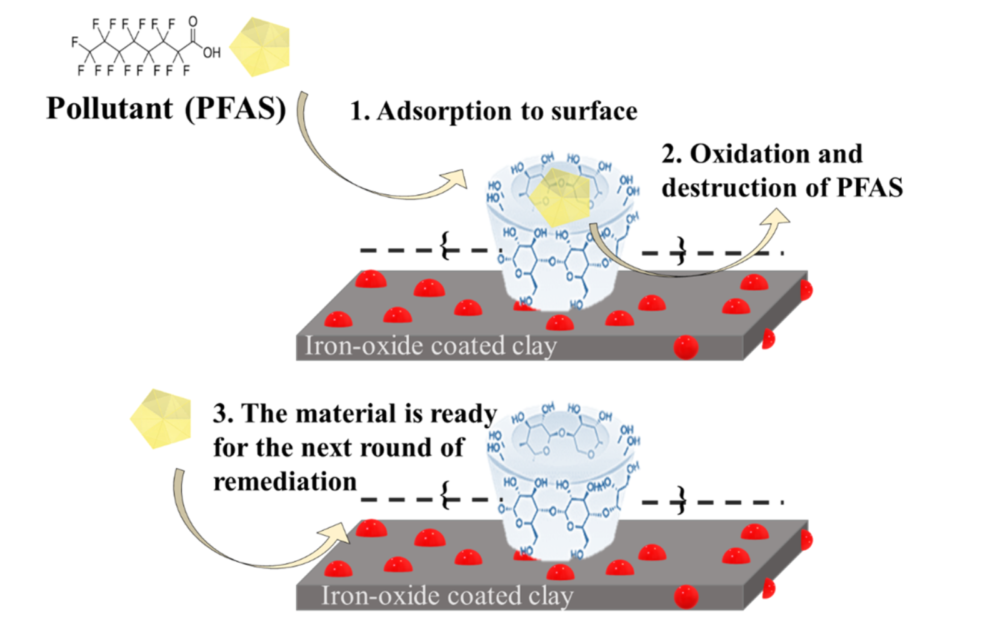Synthetic organo-fluorine chemical compounds (PFAS) are rather a mouthful. Not only to say, but unfortunately also to consume, since the dangerous chemicals are notorious for reaching drinking water and exposing humans to a wide array of harms. And they are difficult to remove.
But recent research from the Technion – Israel Institute of Technology has found a way to overcome this challenge, eradicating nearly 90 percent of the harmful toxins without releasing other, unwanted substances into drinking water.
PFAS can be found in products such as nonstick pan coating, firefighting foam and flame retardants. They reach groundwater by seeping into the soil or when wastewater is used for irrigation. They remain in the ground for a long time and cause extensive contamination of drinking sources. Exposure can lead to cancer, heart and liver disease and birth defects.
Removing PFAS from drinking water is done through simple and inexpensive techniques, but these aren’t very efficient. They also transfer the pollutants to the absorbing material, requiring further purification steps.
The research carried out at the Technion and published in the Chemical Engineering Journal combined two existing solutions: oxidization processes and targeted polymers that absorb the polluting substances.

The researchers showed that it is possible to separate the pollutants with special polymers and then use advanced oxidization processes to eliminate them.
They used natural, inexpensive and safe iron oxides and clays together with cyclodextrin polymers. These clay-iron-polymer composites confine the PFAS on the surface and then accelerate the oxidation process that destroys the pollutants into nontoxic substances.
This process reaches nearly 90 percent efficiency and only takes minutes to remove seven types of PFAS.
There are no plans to integrate the lab-based technology in pilots or water-filtration facilities just yet, but the researchers hope this will happen in the coming year.














